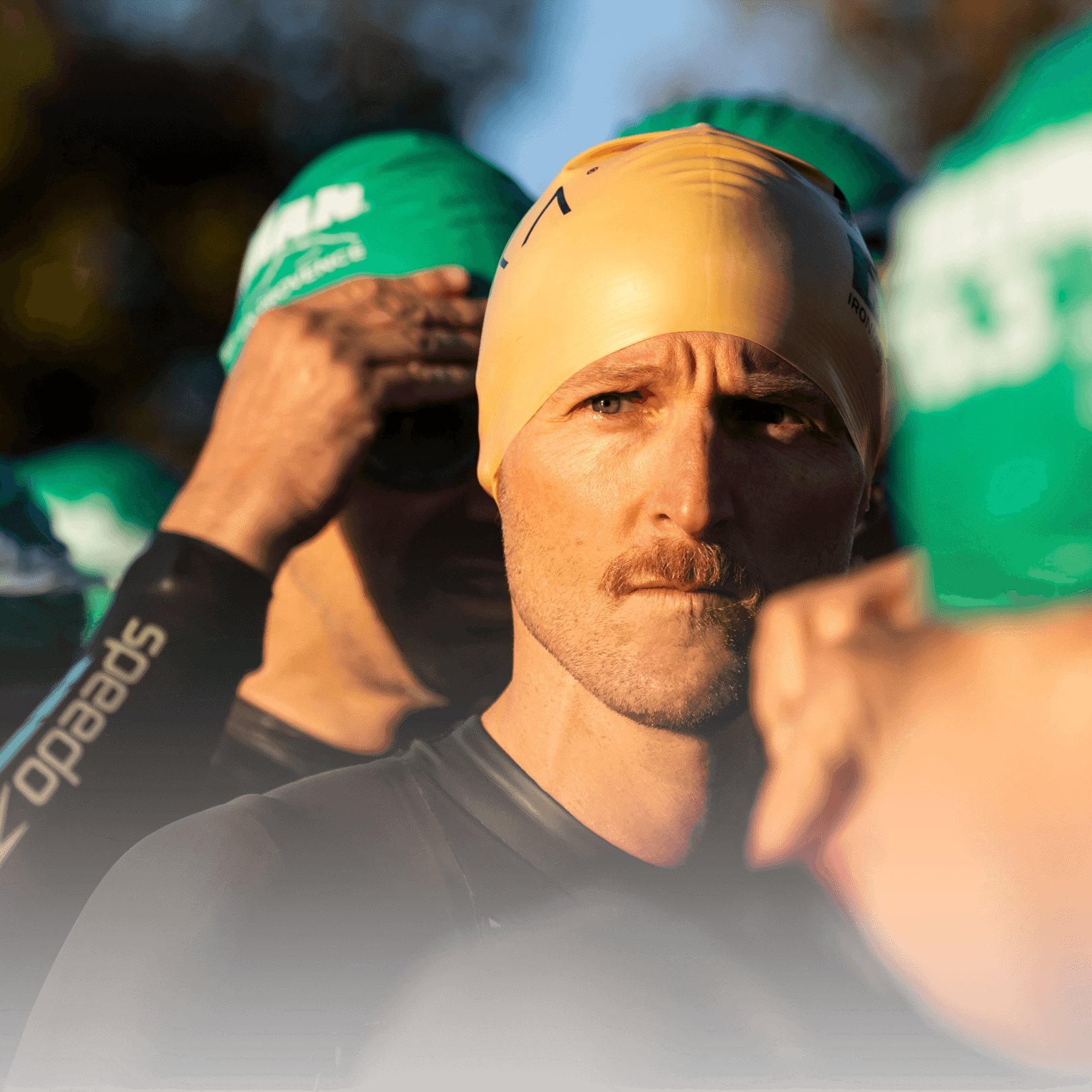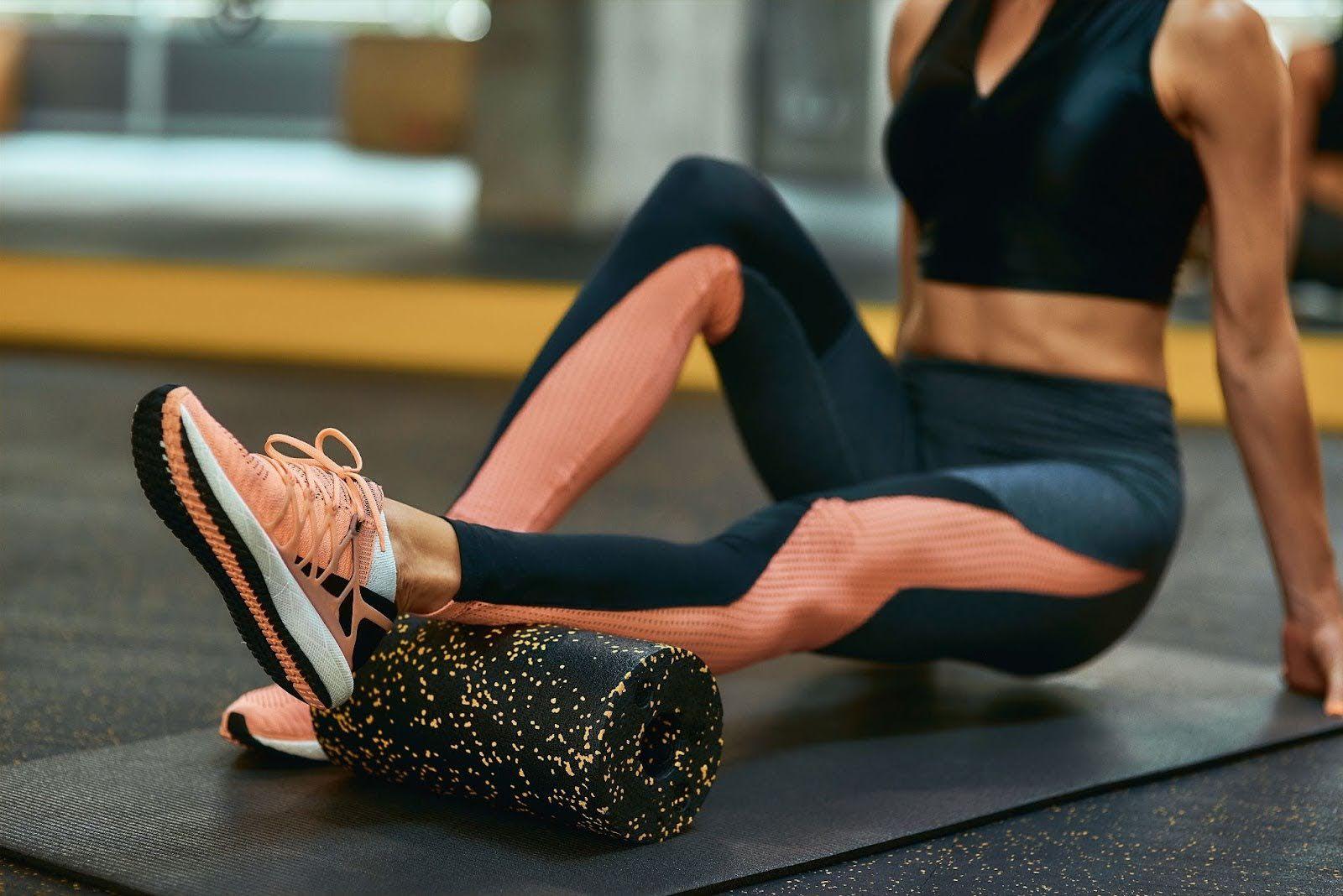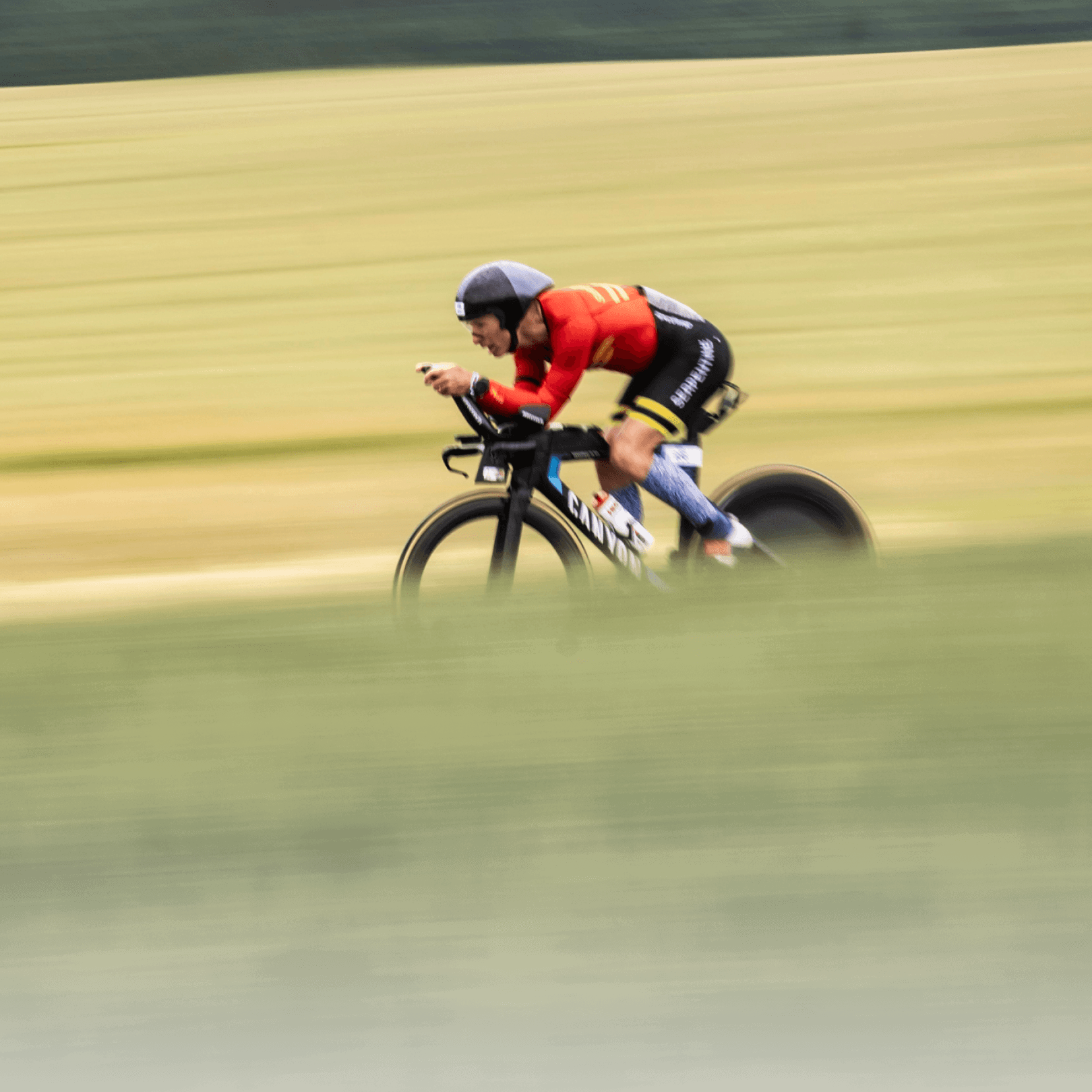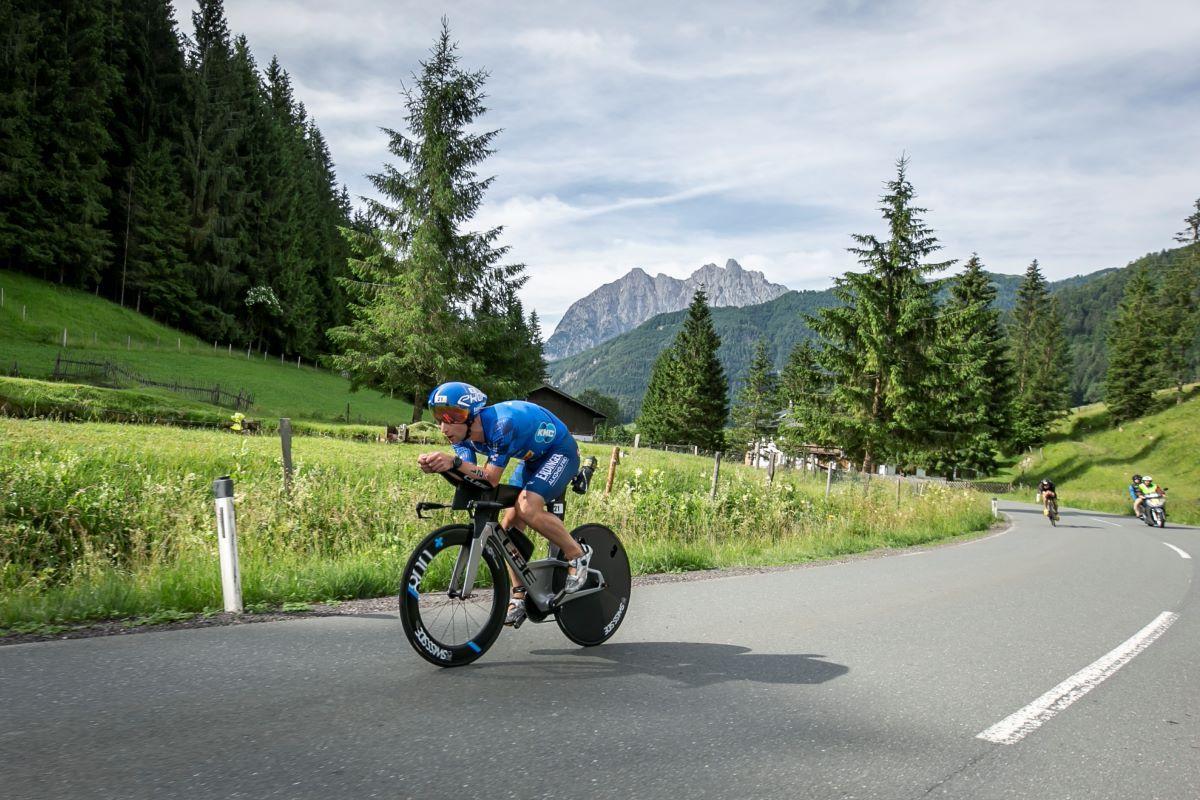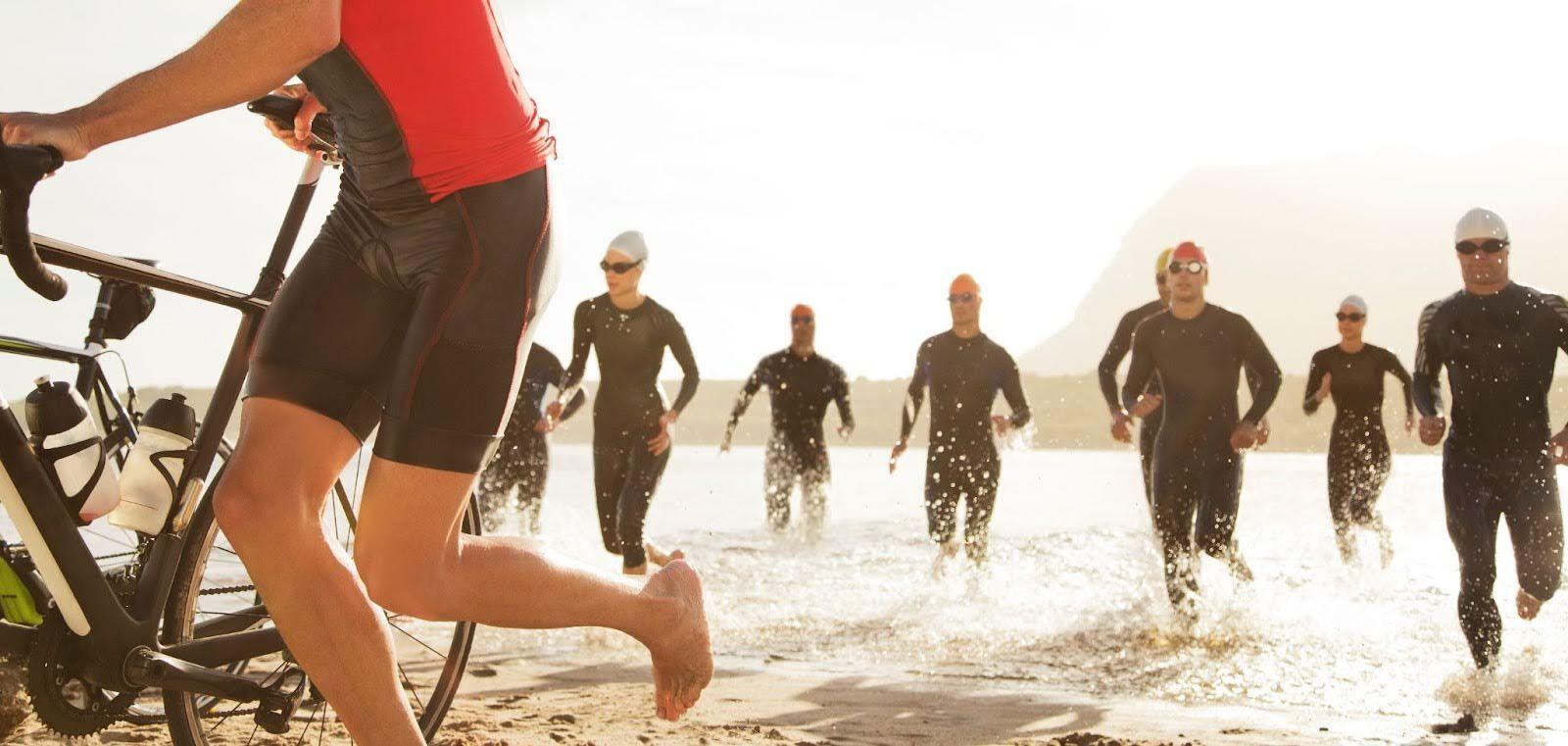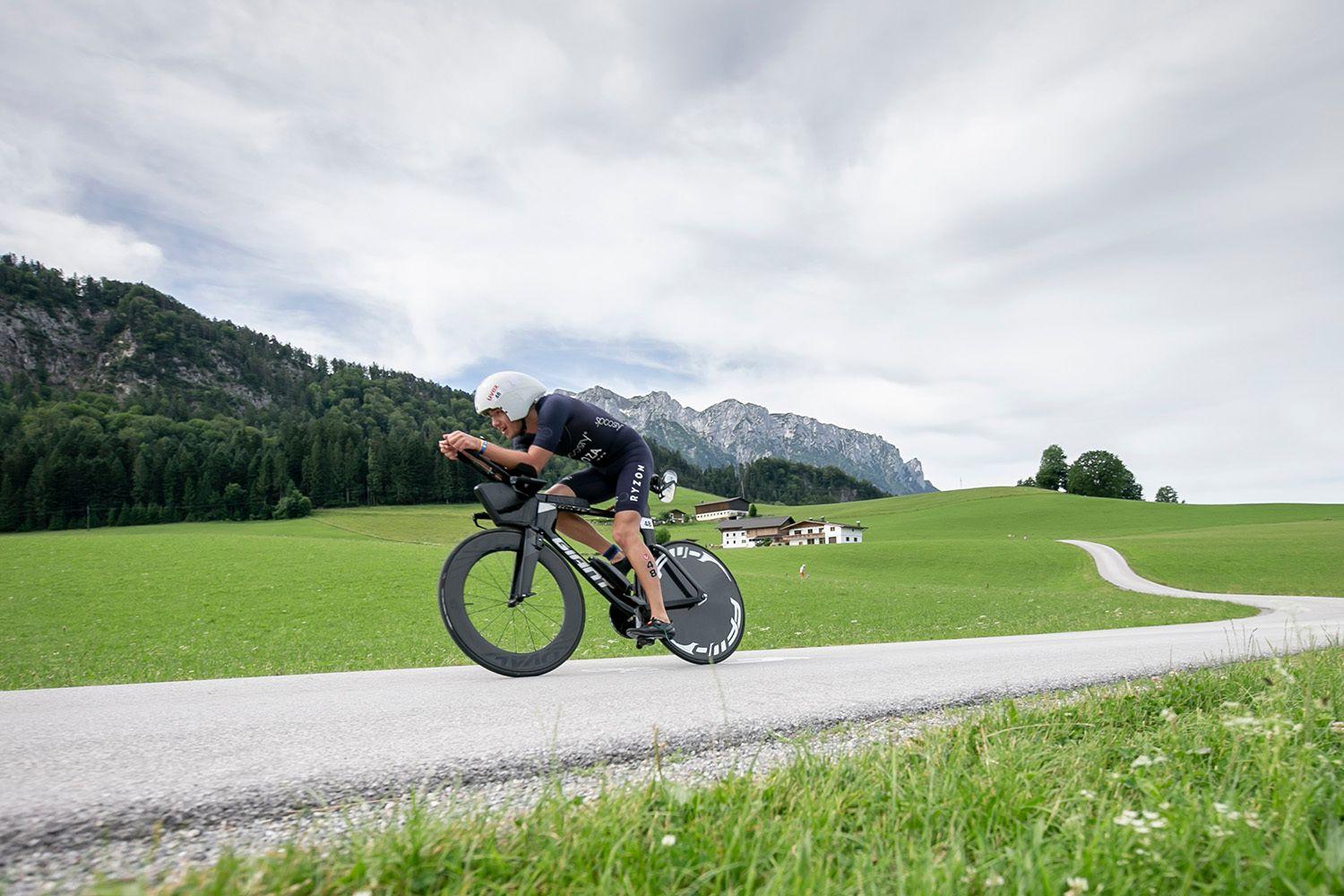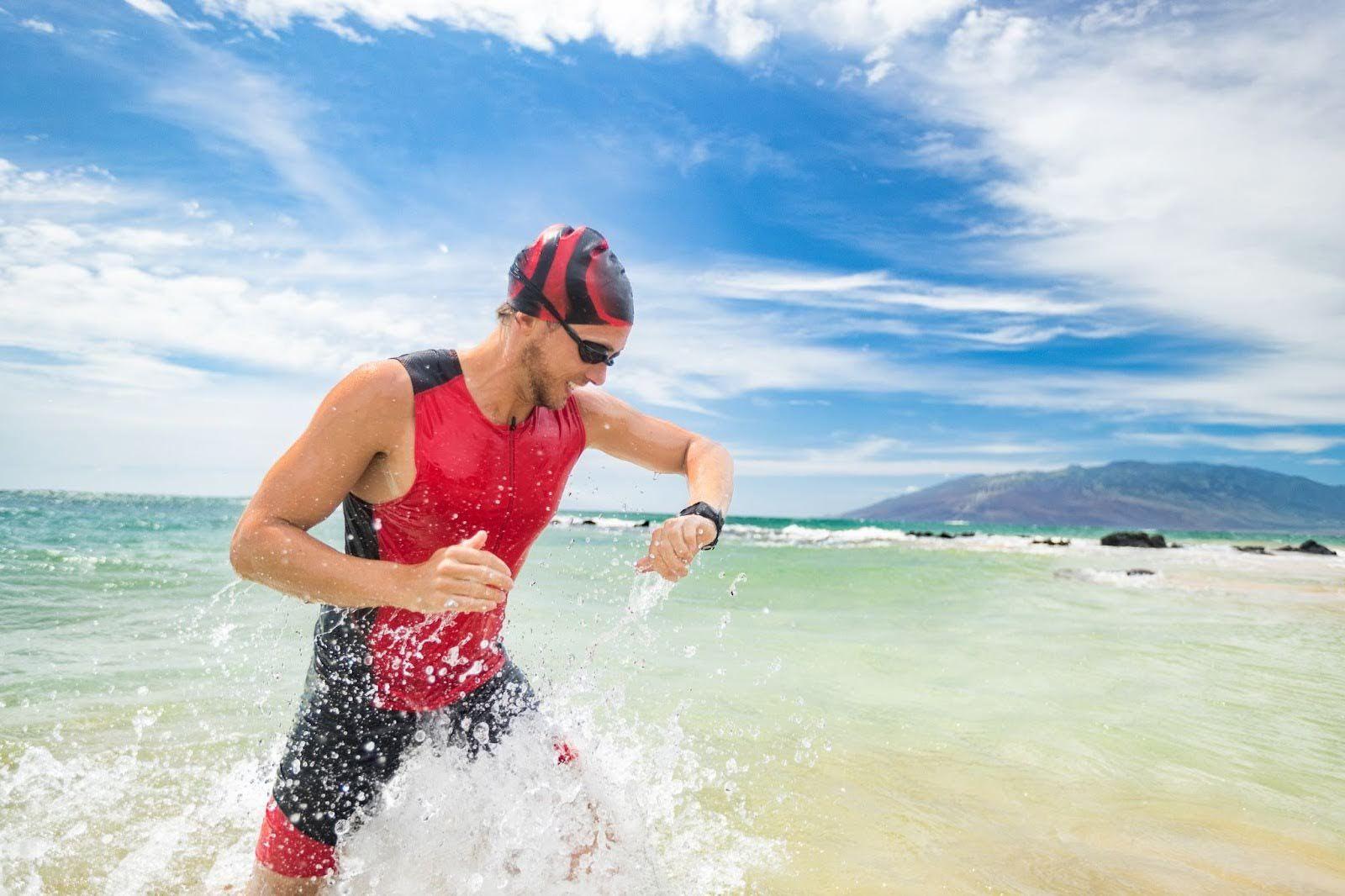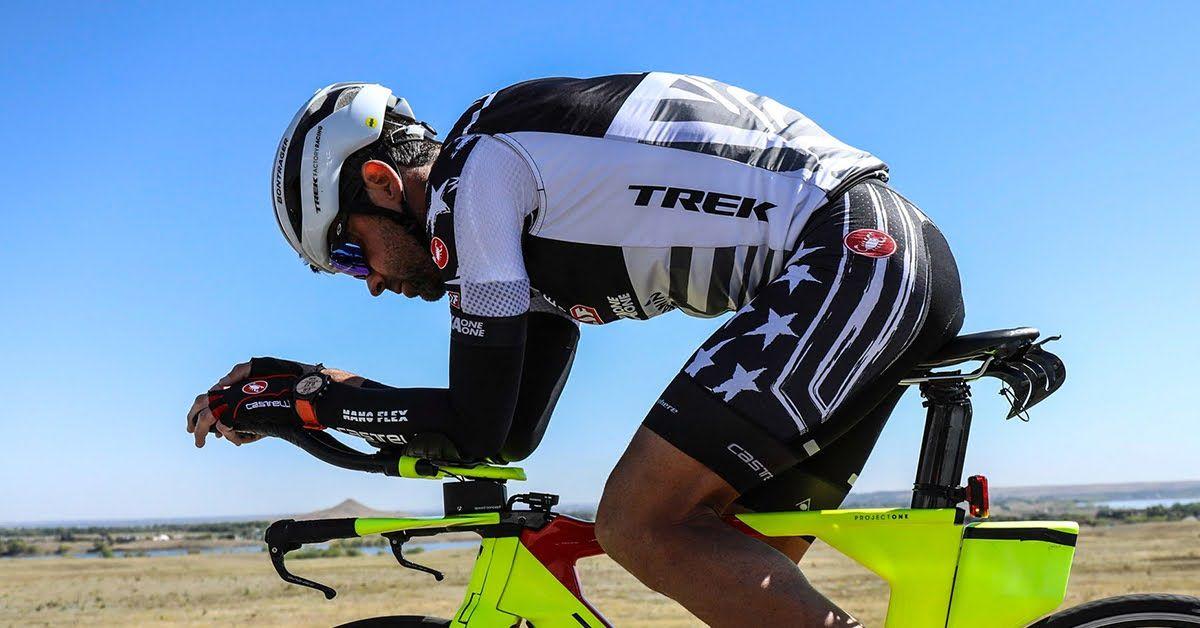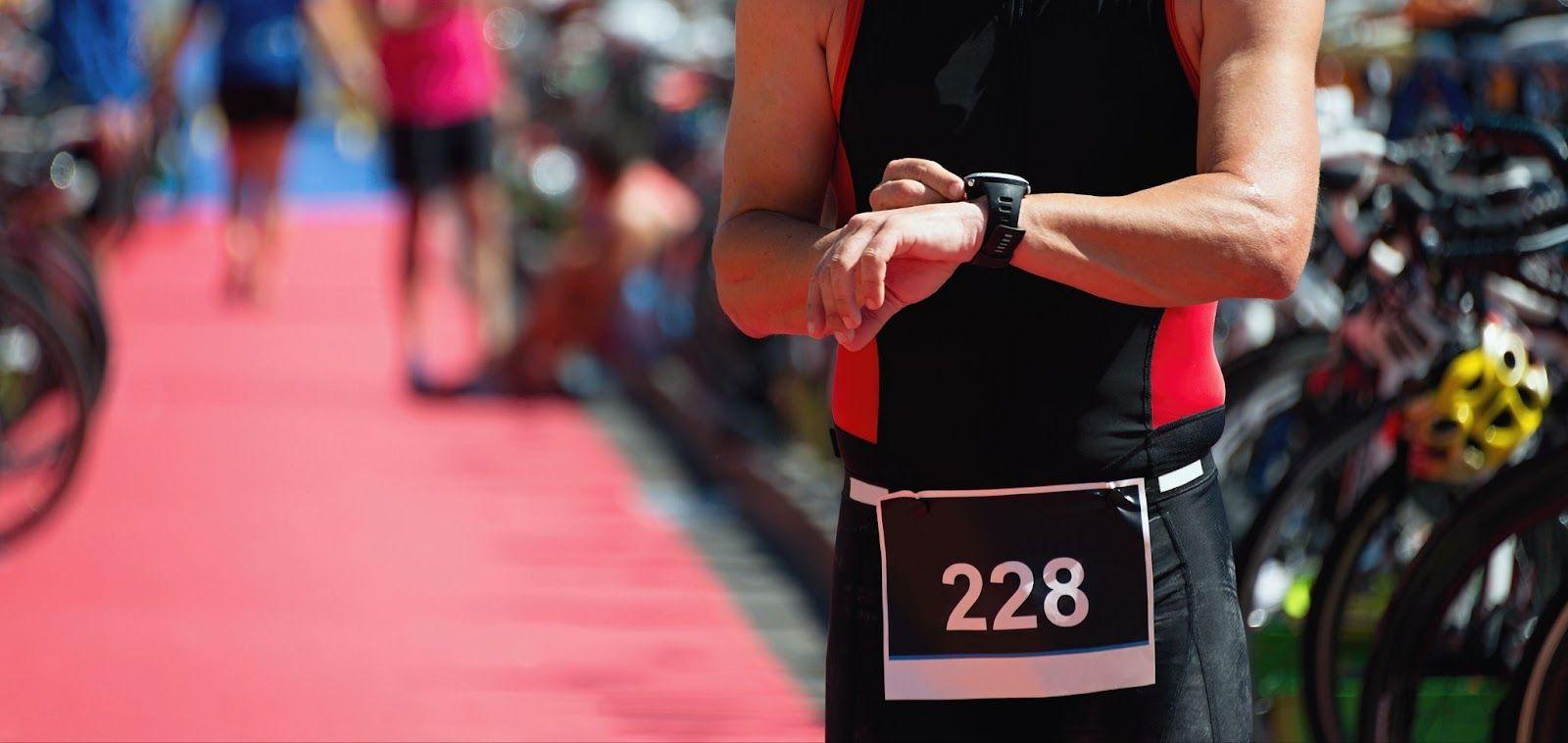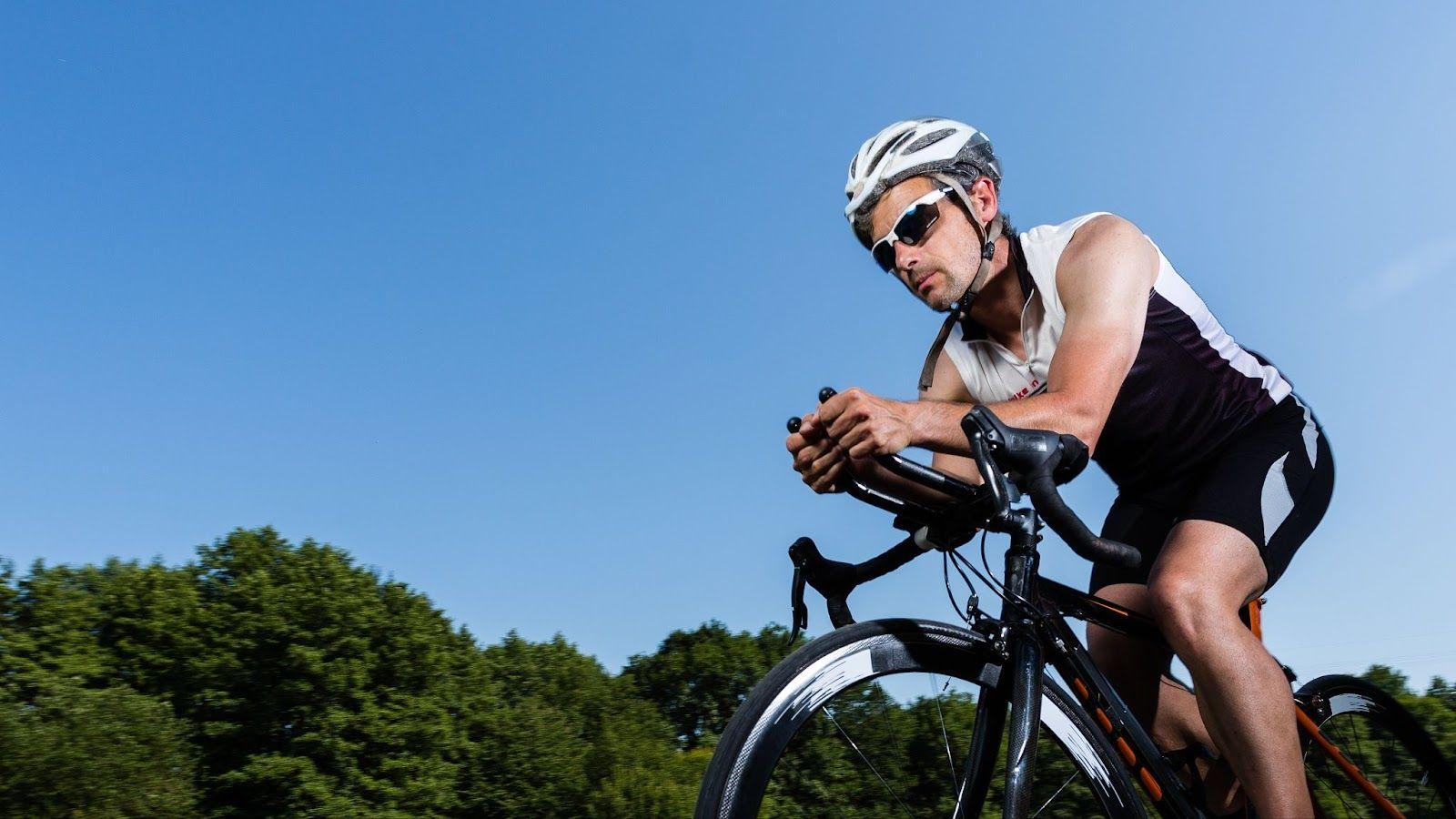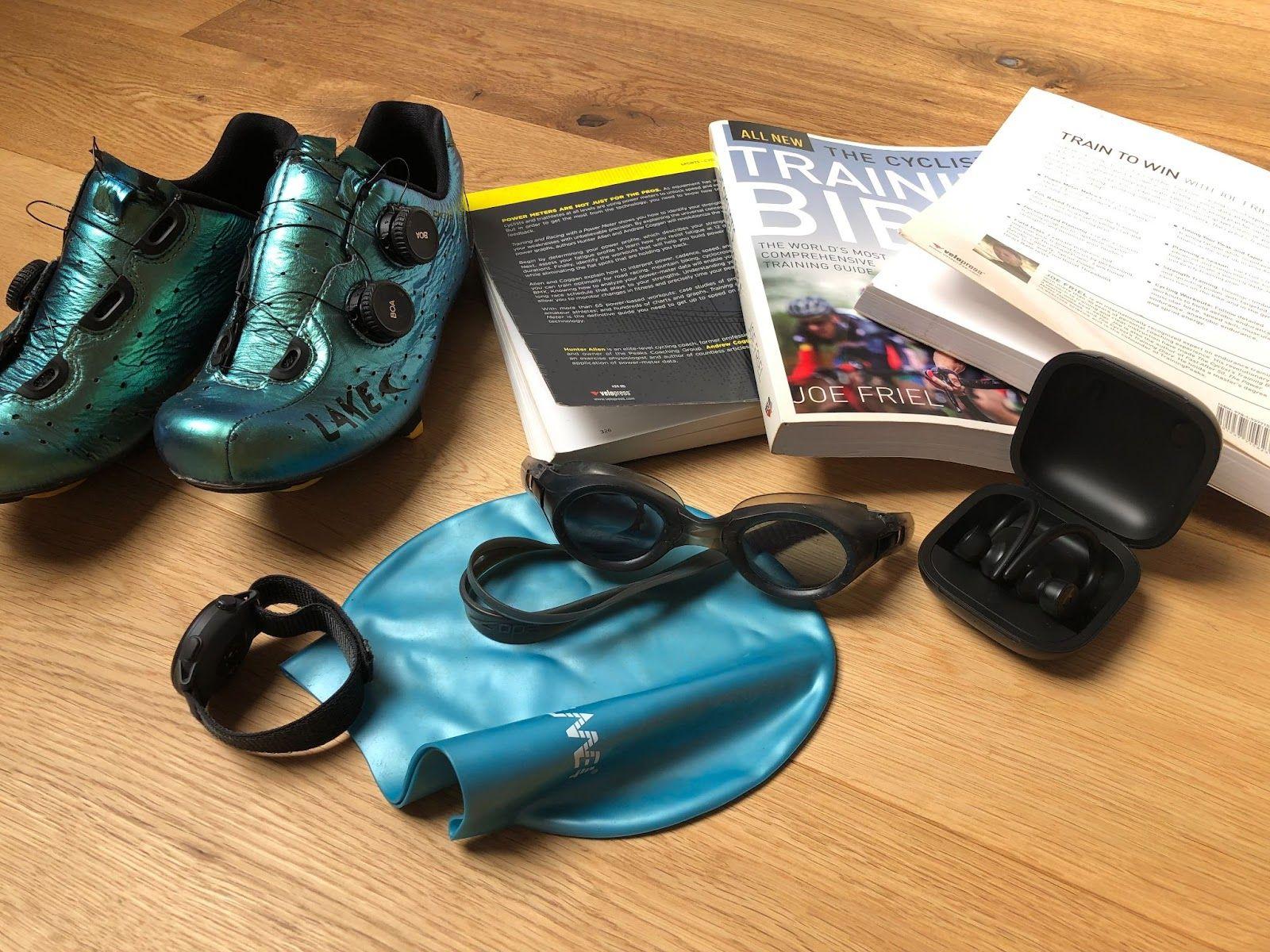
For serious cyclists, the allure of triathlons is hard to resist. Going from cycling to triathlon is a new and daunting challenge, where the aim is to master not just one discipline but three: swimming, cycling and running. This multisport approach will rekindle your motivation, broaden your athletic horizons and give you new goals to work towards.
Triathlons will not only bring you significant physical growth – endurance, strength and versatility – but also mental toughness through disciplined training and resilience during competition.
And entering the world of triathlon introduces you to a supportive community of fellow athletes who, more often than not, are happy to share their experiences, insights and encouragement. Making the decision to compete in your first triathlon is a big step – but it’s one that brings a new perspective and new passion.
Beginner triathlon guide: The basics
A triathlon encompasses three disciplines in a row – swimming, cycling and running – connected by transitions. Each part of a triathlon tests different athletic abilities and requires careful pacing and strategy to be good at all three. Race formats vary in physical demands, so the sport is accessible for beginners, and a challenge for experienced athletes.
Shorter-distance events like the Sprint Triathlon (750-metre swim, 20-kilometre bike, 5-kilometre run) are great for newcomers.
Longer formats like the Olympic distance (1.5-kilometre swim, 40-kilometre bike, 10-kilometre run) are for athletes looking for a bigger endurance challenge.
An IRONMAN 70.3 race (also known as a half IRONMAN) is a big step up with a 1.9-kilometre swim, a 90-kilometre bike leg, and a 21.1-kilometre run. At the extreme end is the full IRONMAN – a grueling test that features a 3.8-kilometre swim, 180-kilometre bike leg and a 42.2-kilometre run.

Transitions between the disciplines are a key part of any race. Mastering the T1 (swim-to-bike) and T2 (bike-to-run) transitions can make a big difference in your overall performance and race-day stress, and help you achieve your best result.
Adapting your training: Moving beyond the bike
If you’ve read this far, it’s a safe bet that you’re already serious about cycling. The next step is to expand your training to include swimming and running.
Swimming Tips For Cyclists: Swimming is often the most difficult discipline for cyclists, as it requires cardiovascular fitness and proper technique. Beginners should start with short, structured intervals to master the swim strokes and build confidence in the water.

Key technique aspects like body position, bilateral breathing and gliding through the water should be prioritized. Practicing at least two times per week with increasing duration and intensity will lead to rapid gains in endurance.
Running Training For Cyclists: Naturally, running has different physical demands than cycling, especially due to the high impact of the discipline. Cyclists transitioning into running should start with shorter, easy-paced runs to allow their body to adapt gradually to the increased stress on joints, tendons and muscles. Focus on proper running form – upright posture, relaxed shoulders, soft landing on the mid foot, and controlled breathing. Good form will help prevent injuries and make your stride more efficient. Start slowly. Integrating running workouts gradually will give you balanced training and prevent overtraining.
A key part of triathlon-specific training is the Brick workout, which involves doing two disciplines in a row, usually cycling followed by running. These sessions simulate race-day conditions and allow you to experience and overcome the initial discomfort and muscle stiffness you feel during transitions. Regularly doing Brick workouts will build muscle memory, improve transition efficiency and jack up your confidence and readiness for race day.
Utilizing virtual triathlon training platforms
Integrating virtual training into your triathlon-prep regimen adds considerable flexibility, enabling you to train effectively at home regardless of weather conditions or a busy schedule. The ability to maintain consistency in training can give you a leg up when it comes to overall preparation and performance potential.
Petr Vabroušek – a pro triathlete from the Czech Republic who has more than 80 top-10 finishes in official IRONMAN races – is a big proponent of indoor training.
“Once you start cycling indoors, nothing is stopping you! No traffic lights, stop signs, punctures, refuelling stops, annoyed drivers,” he said. “You pick your training goal and clearly go after it.”
As the official digital sports platform of IRONMAN, the ROUVY indoor cycling app is the only place you can ride virtual IRONMAN courses. These and other triathlon courses on ROUVY give you access to routes that closely replicate actual triathlon bike courses from around the globe. This means you can practice the actual bike legs you’ll encounter on race day, experiencing realistic terrain changes, elevation profiles.
Fred Funk, a pro triathlete from Germany who (at the time of this writing) has nine IRONMAN 70.3 victories, says cycling on the ROUVY app allows him to control intensity, eliminate variables and focus purely on performance.
“Indoor cycling has made my training more efficient and precise, helping me hit key power targets without distractions,” Funk says. “This has translated into better endurance, smoother pacing, and overall stronger race performances.
“Plus, being able to train on real course simulations with ROUVY has given me a strategic edge on race day,” he added. “Plus, the immersive virtual courses help keep motivation high.”
